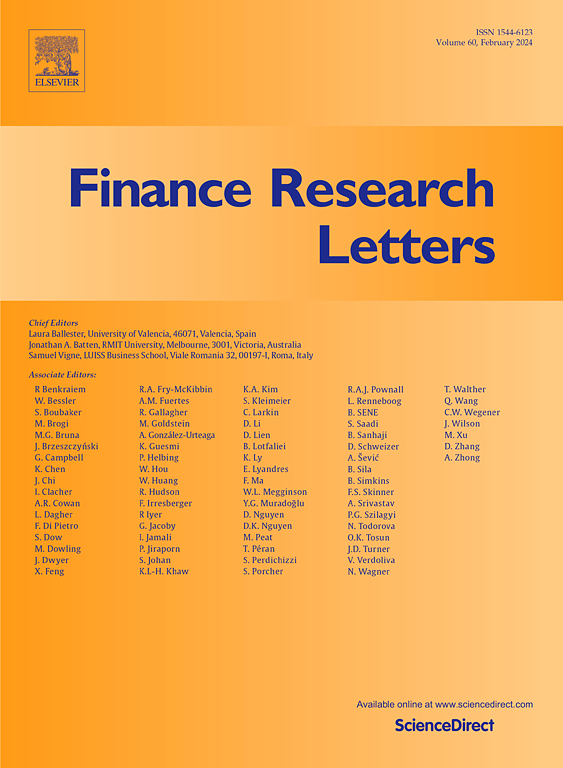不同的计量单位,相同的财务模式
IF 6.9
2区 经济学
Q1 BUSINESS, FINANCE
引用次数: 0
摘要
改变现有金融模型中数量的计量单位并相应地重新表达结果并不会产生具有新颖经济特性或含义的新模型。我们重新审视了Carr和Wu(2020)以及Carr和Wu(2023)中开发的定价模型,这些模型作为新框架提出。相比之下,我们表明,就潜在机制和定价含义而言,这些模型基本上等同于现有框架,不同之处在于它们如何衡量资产价值。我们概述了学者和从业者可能出现的几个不良后果,如果等效性被忽视。本文章由计算机程序翻译,如有差异,请以英文原文为准。
Different measurement unit, same finance model
Changing the measurement unit of a quantity in an existing finance model and re-expressing the results accordingly does not yield a new model with novel economic properties or implications. We reexamine the pricing models developed in Carr and Wu (2020) and Carr and Wu (2023), which are presented as new frameworks. In contrast, we show that these models are fundamentally equivalent to an existing framework in terms of the underlying mechanisms and pricing implications, differing only in how they measure asset value. We outline several undesirable consequences for academics and practitioners that may arise if the equivalence is overlooked.
求助全文
通过发布文献求助,成功后即可免费获取论文全文。
去求助
来源期刊

Finance Research Letters
BUSINESS, FINANCE-
CiteScore
11.10
自引率
14.40%
发文量
863
期刊介绍:
Finance Research Letters welcomes submissions across all areas of finance, aiming for rapid publication of significant new findings. The journal particularly encourages papers that provide insight into the replicability of established results, examine the cross-national applicability of previous findings, challenge existing methodologies, or demonstrate methodological contingencies.
Papers are invited in the following areas:
Actuarial studies
Alternative investments
Asset Pricing
Bankruptcy and liquidation
Banks and other Depository Institutions
Behavioral and experimental finance
Bibliometric and Scientometric studies of finance
Capital budgeting and corporate investment
Capital markets and accounting
Capital structure and payout policy
Commodities
Contagion, crises and interdependence
Corporate governance
Credit and fixed income markets and instruments
Derivatives
Emerging markets
Energy Finance and Energy Markets
Financial Econometrics
Financial History
Financial intermediation and money markets
Financial markets and marketplaces
Financial Mathematics and Econophysics
Financial Regulation and Law
Forecasting
Frontier market studies
International Finance
Market efficiency, event studies
Mergers, acquisitions and the market for corporate control
Micro Finance Institutions
Microstructure
Non-bank Financial Institutions
Personal Finance
Portfolio choice and investing
Real estate finance and investing
Risk
SME, Family and Entrepreneurial Finance
 求助内容:
求助内容: 应助结果提醒方式:
应助结果提醒方式:


